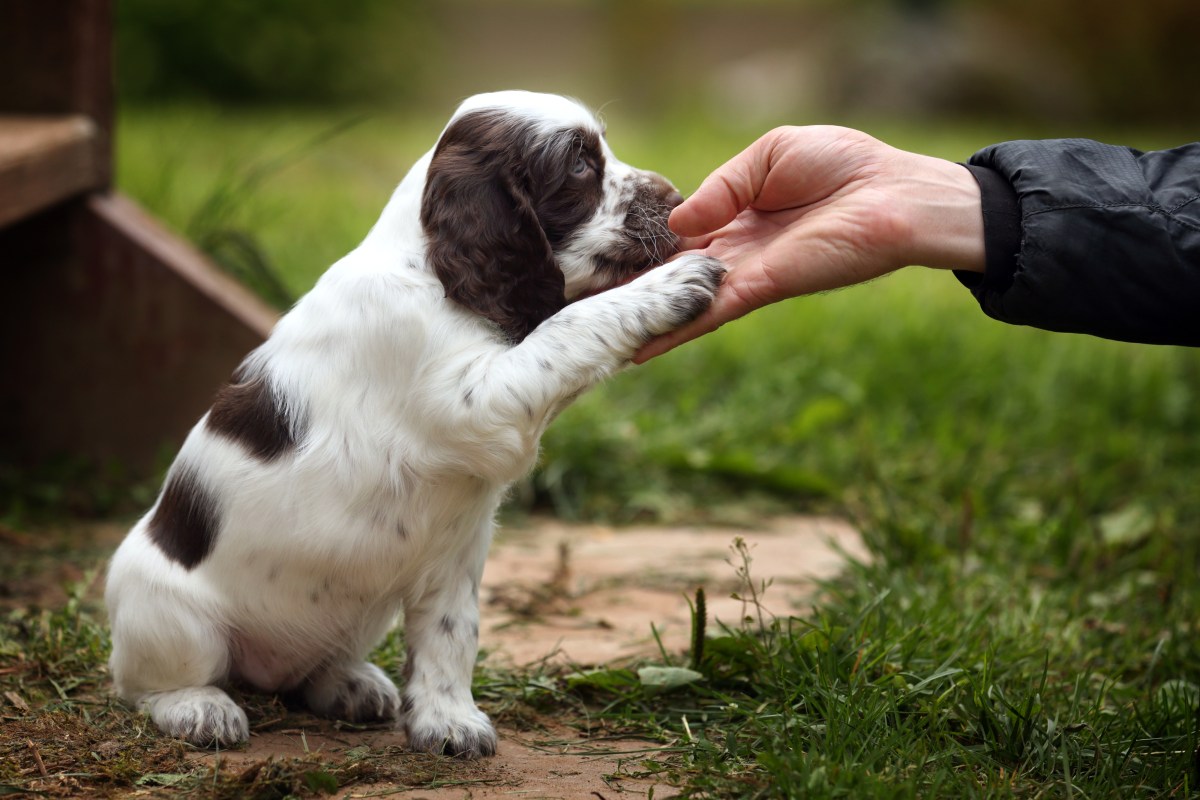Dog Training Tips
Dog training tips
The best dogs are often the quiet ones. But this quietness; patiently waiting outside a supermarket without a noise, or walking peacefully down the road beside their owner, may be a result of a good training regime rather than a lack of character.
But where to start with your new dog’s training? You may have a rescue dog and know nothing about their training level, or you may have a puppy who has obviously had no training at all. Both types of dog may suffer from the same issues: lapses in bladder control; chewing; biting or howling when left alone; pulling on the lead to get to, or away from, something; anxiety.
These are issues which need addressing, and preferably as soon as possible. Pedigree’s 10 best training tips suggests the first thing to do is to make sure your dog responds to their name in a positive manner. It’s a good start, which lays the foundation for all other training.
You may find that your dog has had some training before, and understands the basics including ‘sit’, ‘stay’, ‘come’, ‘down’ and ‘leave it’ as well as when they are being praised and when they are being told off. Ensuring others in the home know where the dog is allowed to be can help, so that the same message of ‘No! Bad dog!’ is echoed when they try to do something they shouldn’t. Curiosity kills the cat, the saying goes, but it’s not always good for dogs either.
If you have a puppy, you may have to house train them as well as take them to puppy obedience training classes, or train them yourself if you prefer. The advantages of dog training classes are that they help to socialise your dog and you can make new friends who in are in the same situation as you. You also have a structured approach that you can follow with your dog, repeating daily what you were taught in the previous class to bring familiarity. Starting with the basics, or checking whether your rescue dog knows how to react to the basic commands, builds a good relationship with your dog and will enable you to control them when they’re off the leash as well.
Most training sites and classes advise reward-based training where the dog is rewarded when they follow a command correctly, ending every session with something they already know, for that feel-good factor. New tricks or commands should be taught in a quiet area without distractions and training should not only be daily but also undertaken in short bursts to ensure effective learning. Patience is a virtue when dealing with any animal, and training your new dog is no exception.
Training your dog may seem like a chore, but approached the right way, it can be rewarding for both the dog and the owner. Not to mention the admiring comments and looks when your well-behaved dog is impressing everyone around you.




COMMENT (1)
Marty Kraham / January 8, 2019
Thanks for sharing